News
Component Classification of Capacitive Touch Screen:Understanding Surface and Projected Capacitive Technologies
Component Classification of Capacitive Touch Screen:Understanding Surface and Projected Capacitive Technologies
Capacitive touch screen are widely adopted in modern user interfaces due to their high light transmittance, rapid response, and excellent durability. Based on structural and working principles, capacitive touch screen can be primarily divided into two categories: surface capacitive touch screen and projected capacitive touch screen. Each type comes with distinct features, advantages, and limitations.
1. Surface Capacitive Touch Screen
Overview
Surface capacitive touch screen represent an early generation of capacitive technology. They are constructed by coating the screen surface with a transparent conductive layer and embedding electrodes at the corners.
✅ Advantages
-
Simple electrical design
-
Low manufacturing cost
-
High optical clarity
Limitations
-
Only supports single-point touch
-
Poor sensitivity to gloved or stylus-based inputs
-
Drift-prone under fluctuating temperature and humidity
-
Requires frequent calibration
Working Principle
When a finger touches the glass surface, it forms a capacitive coupling with the conductive layer. This changes the distribution of the electric field, and the system calculates the touch coordinates based on the variation in current received at each corner electrode.
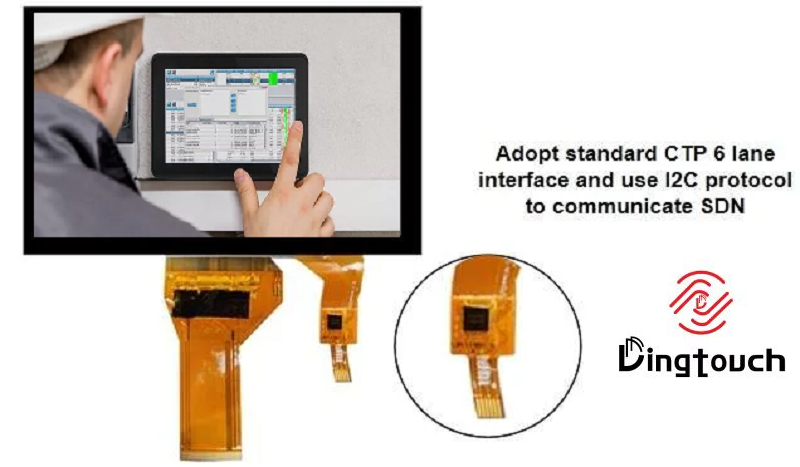
2. Projected capacitive touch screen (PCAP)

Overview
Projected capacitive touch screen are the mainstream solution in modern interactive displays. They are well-suited for multi-touch applications such as smartphones, tablets, industrial control panels, and kiosks.
✅ Advantages
-
Supports multi-finger gestures
-
High accuracy and fast response
-
Better durability and scratch resistance
-
High transmittance, even in laminated structures
Limitations
-
Capacitive drift under extreme temperature and humidity
-
Sensitive to electromagnetic interference
-
Typically incompatible with regular gloves unless special touch algorithms or gloves are used
3. Structural Classification of PCAP: Self-Capacitance vs. Mutual-Capacitance
Projected capacitive screens are further divided based on sensing methods:
Self-Capacitance Technology
How It Works
-
Electrodes are arranged in horizontal and vertical arrays (X and Y), typically made of ITO (Indium Tin Oxide).
-
Each electrode forms a capacitor with ground (self-capacitance).
-
When touched, the human finger adds to the local capacitance. The system detects this increase in each axis and projects the location.
Touch Detection Method
-
The X and Y arrays are scanned independently, and touch coordinates are calculated from the overlapping projections.
-
Effective for single-touch or gesture recognition, but inaccurate for true multi-touch.
Ghost Point Problem
-
If multiple fingers touch the screen in different X and Y positions, the system generates false combinations, known as ghost points.
-
Therefore, self-capacitive screens cannot reliably distinguish multiple touch points.
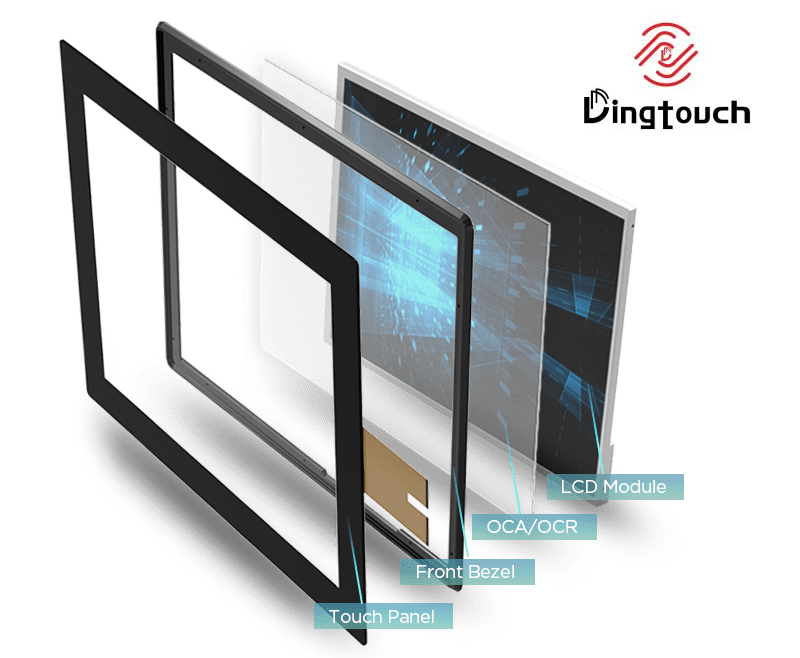
Mutual-Capacitance Technology (Mainstream PCAP)

How It Works
-
Electrodes are arranged in orthogonal layers, forming a grid matrix.
-
Where X and Y electrodes intersect, a mutual capacitor is created.
-
When a finger approaches the intersection, it disturbs the coupling between electrodes, reducing mutual capacitance at that point.
Touch Detection Method
-
The horizontal electrodes (TX) send excitation signals sequentially.
-
The vertical electrodes (RX) simultaneously receive changes in signal.
-
A complete two-dimensional capacitance map is generated in real time, allowing precise localization of multiple touch points.
✅ Advantages Over Self-Capacitance
-
True multi-touch detection with accurate point distinction
-
Reduced wiring and better scalability
-
Fast scanning speed and lower power consumption
-
Noise immunity through signal shielding and differential sensing
4. Summary Comparison Table
| Feature | Surface Capacitive | Self-Capacitive PCAP | Mutual-Capacitive PCAP |
|---|---|---|---|
| Touch Points | Single | Limited multi-touch (ghosting) | True multi-touch |
| Cost | Low | Medium | Higher |
| Sensitivity | Moderate | Good | Excellent |
| Stability | Poor in changing environments | Moderate | High |
| EMI Resistance | Low | Medium | High |
| Application Examples | Entry-level kiosks | Large-format touch (whiteboards) | Smartphones, tablets, industrial panels |
5. Conclusion: Choosing the Right Capacitive Technology
When selecting a capacitive touchscreen solution, it is essential to consider:
-
Number of touch points required
-
Environmental conditions (e.g., temperature, humidity, EMI)
-
Display size and resolution
-
Budget constraints
-
Glove or stylus compatibility
Recommendation
-
Use surface capacitive for low-cost, single-touch interfaces in controlled environments.
-
Choose self-capacitive for large single-touch or basic gesture applications.
-
Opt for mutual-capacitive for high-end, responsive, multi-touch user experiences across industries.
Need Help Selecting the Right Capacitive Touch Solution?
DINGTouch offers tailored PCAP solutions with various sensor structures, controller ICs, and custom cover glass options to meet your performance and durability requirements.
![]() Contact our engineers at [sales@szdingtouch.com] for consultation and samples.
Contact our engineers at [sales@szdingtouch.com] for consultation and samples.
Ready to Build Your Outdoor Display Solution?
Get in touch with us at sales@szdingtouch.com. Our expert engineers will help you design a cost-effective, tailored solution to meet your project’s exact specifications.
DINGTouch :Committed to continuous innovation and improvement of product quality to meet customers' high requirements and expectations.
DINGTouch is a manufacturer that provides high quality touch screen panels. Focus on the design, manufacturing and sales of touch screen panels, and are committed to providing customized solutions that satisfy customers.
DINGTouch: In the process of customizing touch screen panels, we focus on close cooperation and communication with customers. Understanding customers' needs and providing customized solutions will meet customers' individual needs. The company's products are favored by customers for their high quality and reliability, and provide them with the best touchscreen panel solutions.
DINGTouch :Committed to continuous innovation and improvement of product quality to meet customers' high requirements and expectations.
DINGTouch is a manufacturer that provides high quality touch screen panels. Focus on the design, manufacturing and sales of touch screen panels, and are committed to providing customized solutions that satisfy customers.
DINGTouch: In the process of customizing touch screen panels, we focus on close cooperation and communication with customers. Understanding customers' needs and providing customized solutions will meet customers' individual needs. The company's products are favored by customers for their high quality and reliability, and provide them with the best touchscreen panel solutions.
At DINGTOUCH, we are the world's leading touchscreen manufacturer, helping businesses around the world take advantage of this exciting technology. For more information, please visit the home page now.
Find the DINGTouch technical team to achieve the success of your company's new project.
DINGTouch is a company specializing in the R&D and production of touch screen technology, headquartered in Shenzhen, China. As a professional touch screen supplier, DINGTouch is committed to providing high-quality, stable and reliable touch screen products to meet the diverse needs of customers. We continue to carry out technological innovation and product optimization to ensure that its touch screen products have good sensitivity, accuracy and durability.
In addition to the products themselves, we also focus on cooperation and communication with customers, and are committed to providing customized solutions and excellent after-sales services. Through continuous efforts to improve product quality and customer satisfaction, we have established a good reputation in the touchscreen industry and won widespread market recognition.
In addition to the products themselves, we also focus on cooperation and communication with customers, and are committed to providing customized solutions and excellent after-sales services. Through continuous efforts to improve product quality and customer satisfaction, we have established a good reputation in the touchscreen industry and won widespread market recognition.
What DINGTOUCH can do:
• PCAP maximum size 65”
• Multi-touch (Touch screen can be customized to your needs.)
• Optical bonding service/air bonding
• LCD interface: HDMI/RGB/MIPI/LVDS/EDP, etc.
• PCAP interface: IIC/USB interface
• CTP can customize the cover glass surface treatment process AG (anti-glare), AR (anti-reflection), AF (anti-fingerprint), waterproof, and glove touch
• Supports 0.55 mm-12 mm coverslip touch.
• Support operating temperature: -40℃-90℃.
Dingtouch Industrial Capacitive Touch Screen Manufacturer
In conclusion, Dingtouch as a professional touch screen manufacturer with more than 10 years touch screen experience.We have many capacitive touch screen. Such as5 inch touch screen,7 inch touch screen,10.1inch touch screen,15 inch touch screen,15.6 inch touch screen,17 inch touch screen,18.5 inch touch screen,19 inch touch screen,21.5 inch touch screen,32 inch touch screen, However, we also welcome to customize your own touch screen . Contact our team today to learn what capacitive touch screen are best for our retail business needs.
Contact us NOW! sales@szdingtouch.com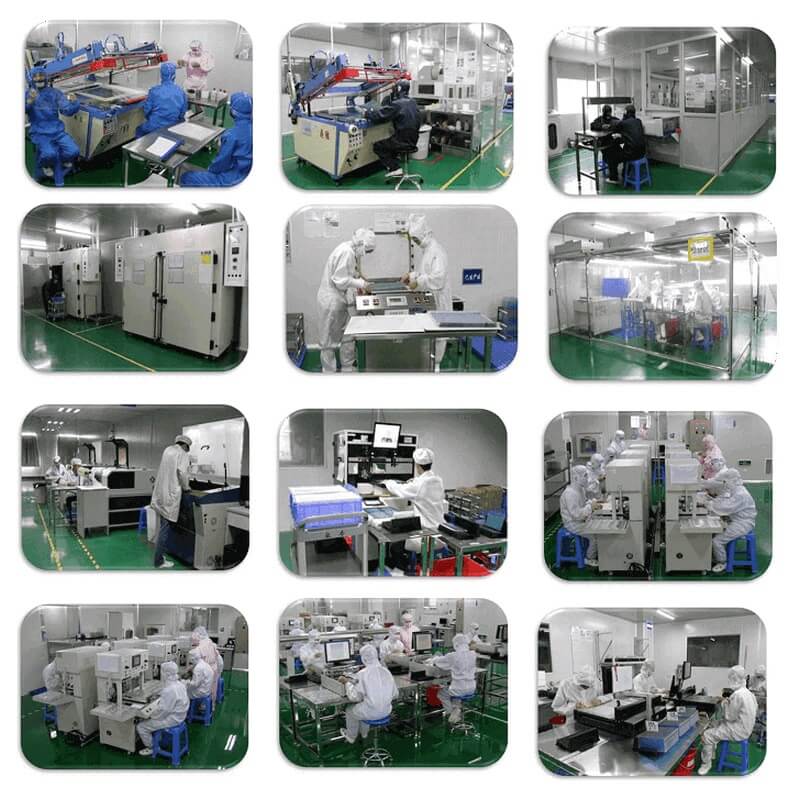
CATEGORIES
CONTACT US
Contact: Dingtouch
Phone: +8615815536116
Tel: +8615815536116
Email: sales@szdingtouch.com
Add: Building A, Bailu Plaza, No. 48, Gonghe Industrial Road, Gongle Community, Xixiang Street, Baoan District, Shenzhen,China. 518126
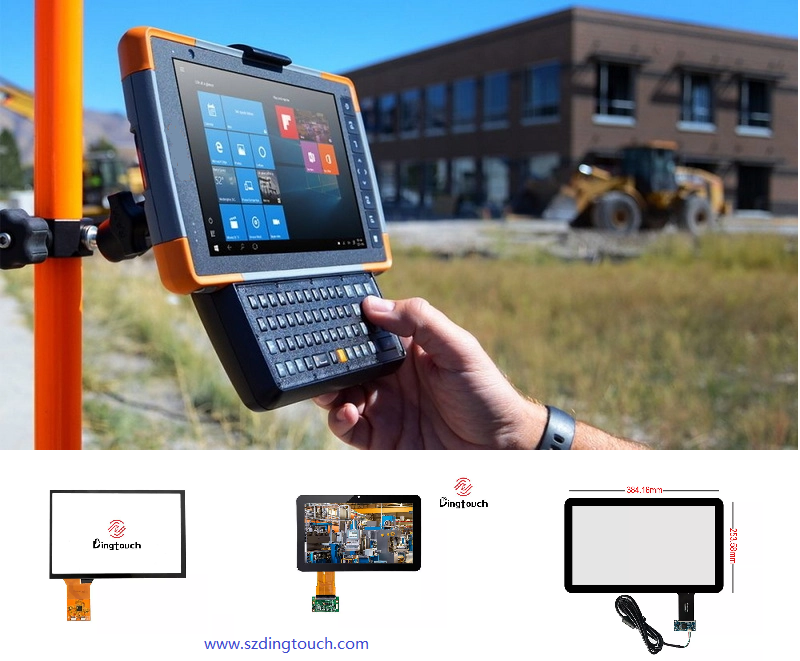
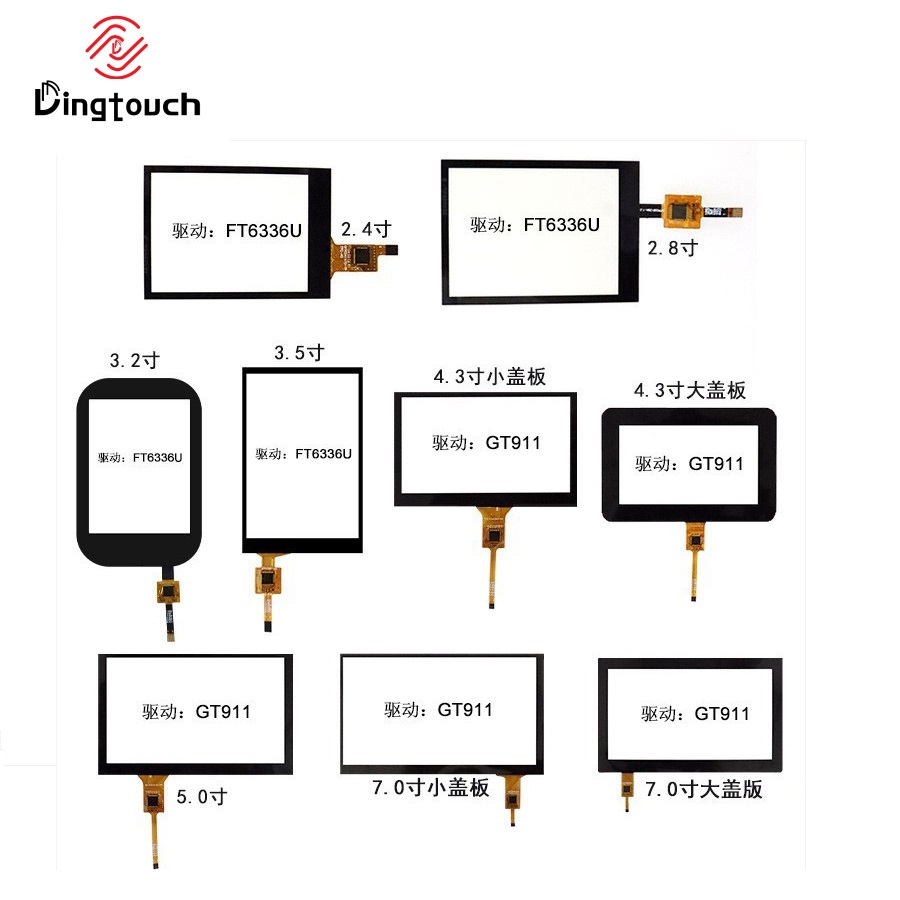




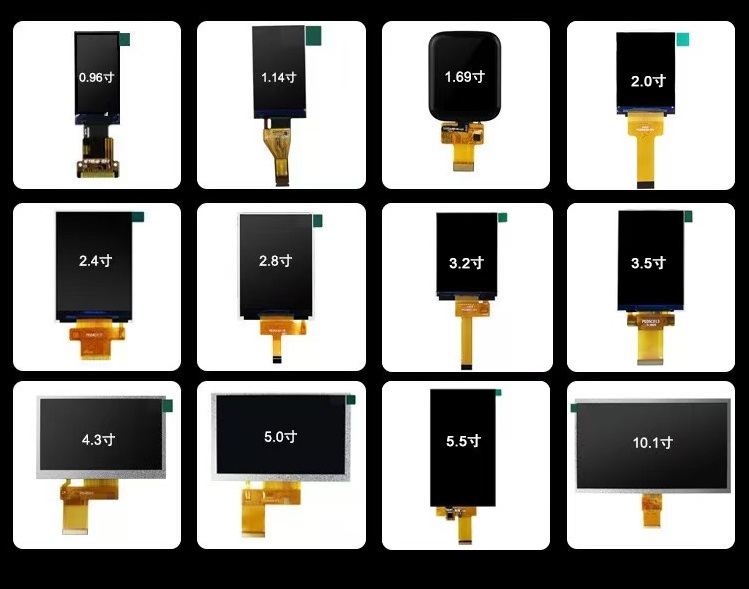
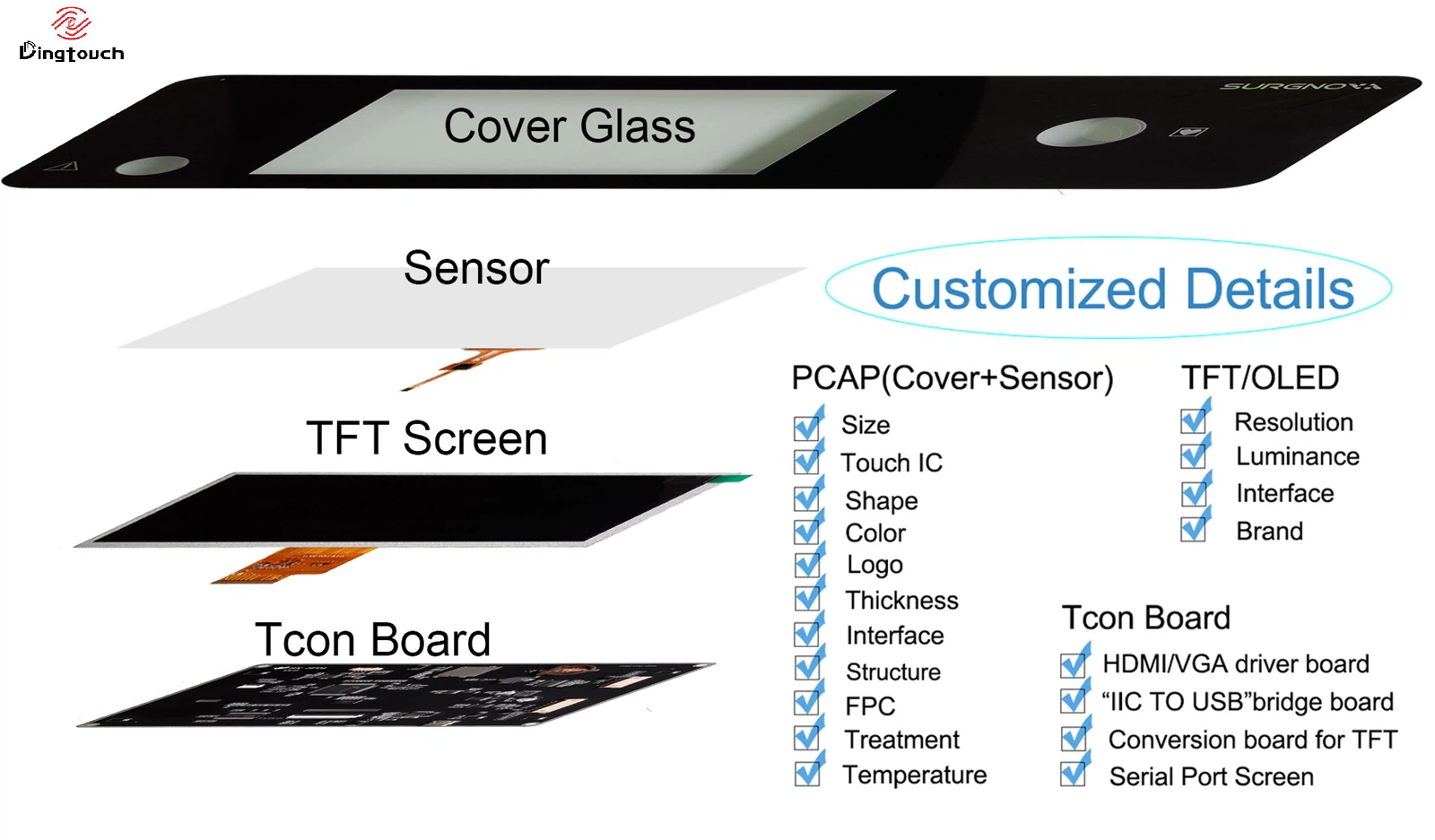
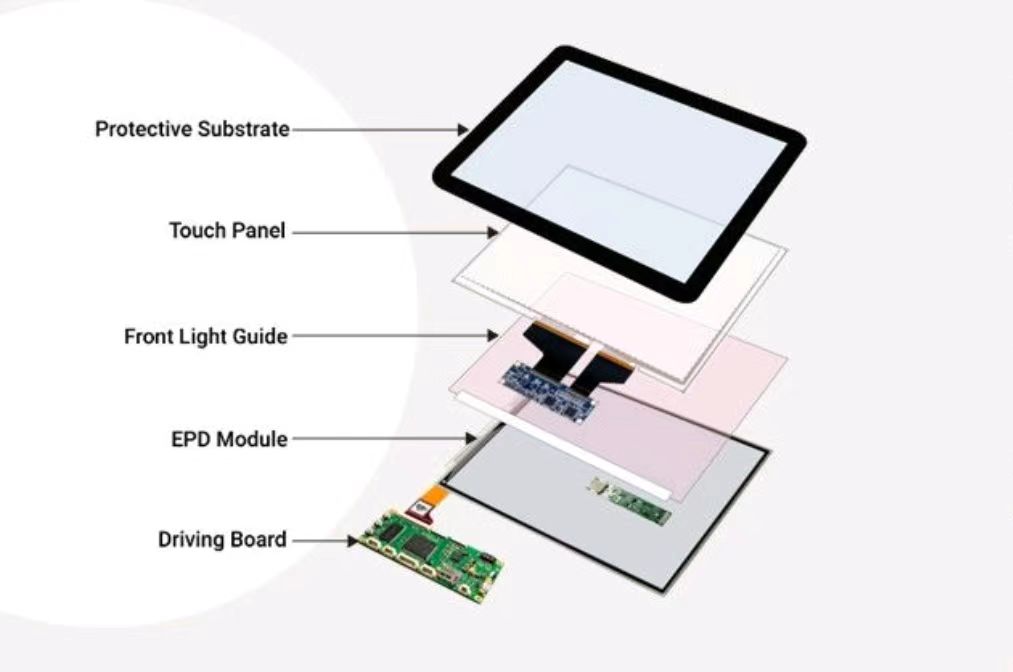


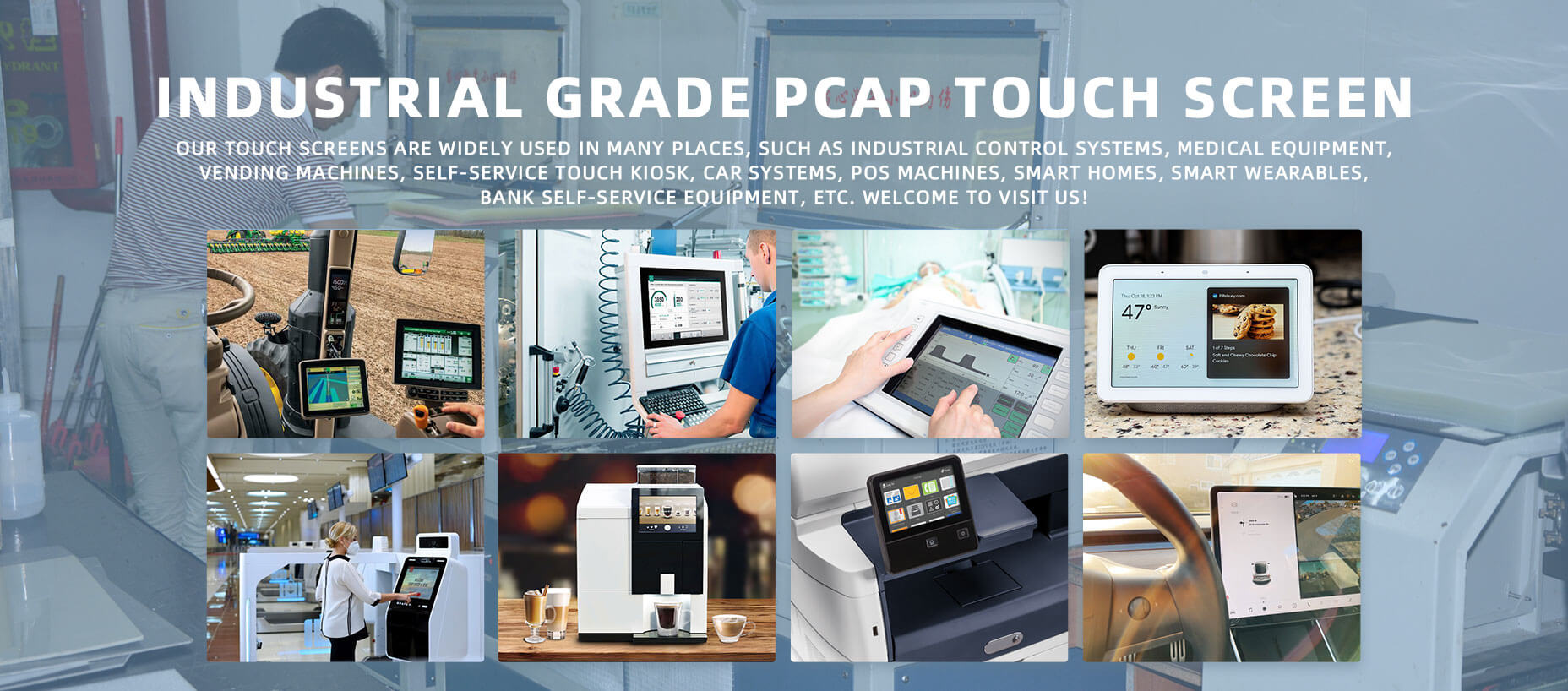
 Dingtouch
Dingtouch